Early next week I’ll be looking out across the wide plains of the American West from the vantage point of the Continental Divide. Needless to say, it’s been a long walk to get here, to Kalispell, Montana, this morning, but there’s no other way I’d rather have seen the western mountains for the first time than with boots on the ground. I’d like to offer a short recap today of the trip so far and my first impressions of the great northwestern ranges.
Here on The Long March of Liberty, I write from the perspective of a libertarian but many, maybe most, people know me as a naturalist, an observer and writer on all things wild and organic. Necessarily, as I’ve walked through the West this perspective has also been inescapable.
The Northwest has been a far drier place than I’d been led to believe. Even my ten days or so between the coast and the Cascades were much drier than expected. The dense mossy forest, however, suggests that it sometimes rains here for weeks at a time. The ten feet or so of snow atop the Cascade Range also seemed to suggest that precipitation sometimes strikes this area. But just a two-day walk from the Cascades, I found myself in a desert along the Columbia River. This dry condition was only slightly more moderate along the Okanogan River as I made my way back north to find U.S. Route 20. Generally, from there on, the western mountains were more arid, sandy, and thin-soiled than I’d expected.
I understand the western wildfires far better now than I did from my soggy Pennsylvanian vantage point. I can simply understand much more clearly why the West burns over and over (see above). I understand that wildfire has been a part of western history and perhaps even culture for time immemorial. Yes, they’re cataclysmic and violent but also parts of natural cycles, integrated with the phylogeny of every creature native to the western states.
I’ve gotten to meet many of the animals I’ve only ever seen in pictures or video. This began on the drive out when I observed, mostly from a single state highway, mule deer and at least a couple hundred antelope. On the West coast I frequently encountered blacktail deer; at least that’s what people told me I was looking at—they looked like whitetails to me. I saw magpies for the first time though they never wanted to socialize. I was never close enough to photograph one. Marmots, ground squirrels, and gophers were all new to me, though I’d mostly just hear their alarm chirps and see stunted tails disappearing down holes in the sand. The game Whack–Mole makes so much more sense to me now.
I carried snow gear for crossing the Cascades and I needed it for one night only. It was nice to have the snowshoes, boots, and mittens, but knowing what I know now, they wouldn’t have come along. The highway up and over Stevens Pass had been largely cleared of snow since I’d driven past on the way out, so I was able to walk over in shorts and a T-shirt when I crossed. I wasn’t able to descend below the snow line before dark though, and this meant digging into five feet or so of snow to set up my snow camp. Actually, the whole trip would have lacked something if I hadn’t been able to spend a night in a snow shelter.
The scenery of the Columbia River Canyon was incredible, one day after the next. I was surrounded by often reddish cliffs; all was rock and sand aside from a narrow riparian zone of green willows, cottonwood and the ever-present sage brush. This was a place where jackrabbits, loons, and gopher snakes crossed paths. My secretive camping was often tough, but I’d always find a place and a way.
After days of traveling up the Okanogan River, I came through a good bit of Indian territory and then arrived at the town of Okanogan where I met a couple of locals who filled me in on all the amenities. There was a small local park along the river where a hiker could pay ten dollars to pitch a tent and enjoy a shower and picnic table. Incredibly simple things, but high luxury after weeks of kind of clinging to life in the serpentine riverside desert. I’ll never forget places like Okanogan, their kindly residents, simple pleasures, and ever-present quail.
Both hardships and rewards are incumbent in an undertaking like mine; it couldn’t really be an adventure otherwise. Climbing up and over mountain passes could be counted among the hardships, though that’s hardly avoidable in a mountainous region. The pavement in combination with hard road surfaces has taken a toll on my feet from day one to the present. Finding decent unofficial campsites is a little harder from the road than from wilderness trails. There have been a few very hot days which have forced me to adapt (and have prepared me for the summer to come).
On the other side of the balance sheet the rewards, again, include meeting a lot of new animals. Not just animals though—people too. I’ve met many kindly, helpful, and insightful people along the way who I certainly would have never encountered had I stayed home. I’ve had knowledgeable people take time to explain unfamiliar aspects of the western ecology, others have simply handed me cash, and just once someone put me up for the night in his beautiful log home on the mountainside. And in a strange way, I can also count all of the hardship as its own reward—things that prepared my body and mind for the challenges to come.
It seems far too short a summary of the hills and hollows I’ve passed by in ten weeks on my feet. The rewards, for me, go well beyond the ultimate goal of The Long March of Liberty.
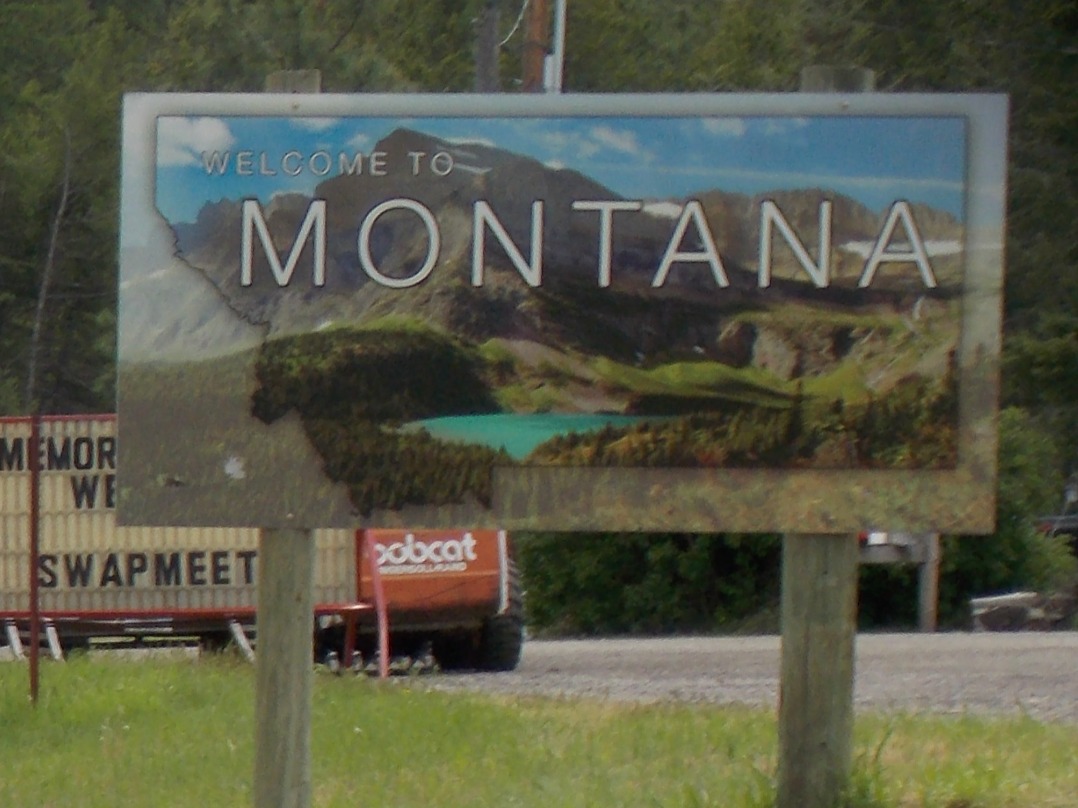
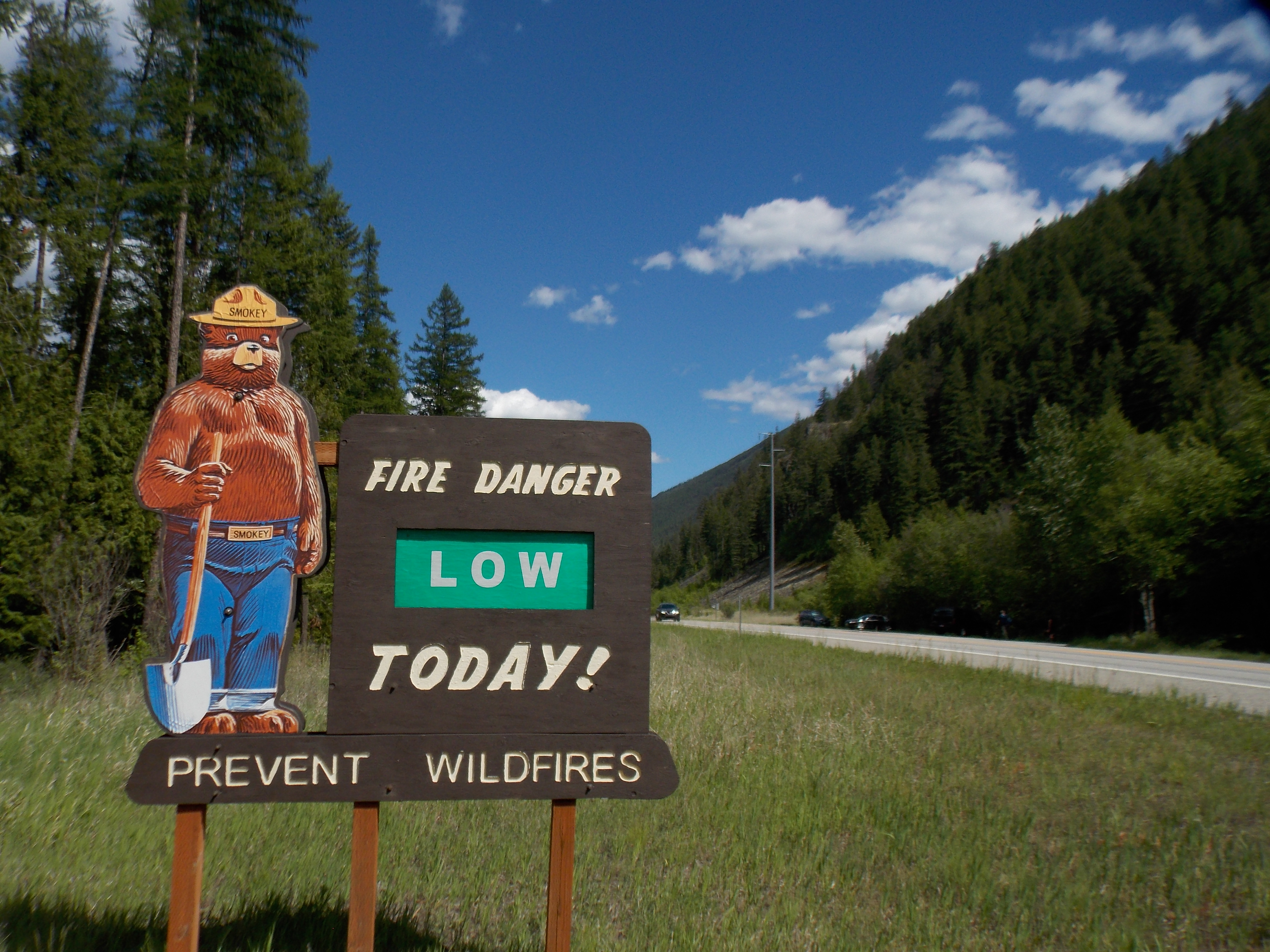
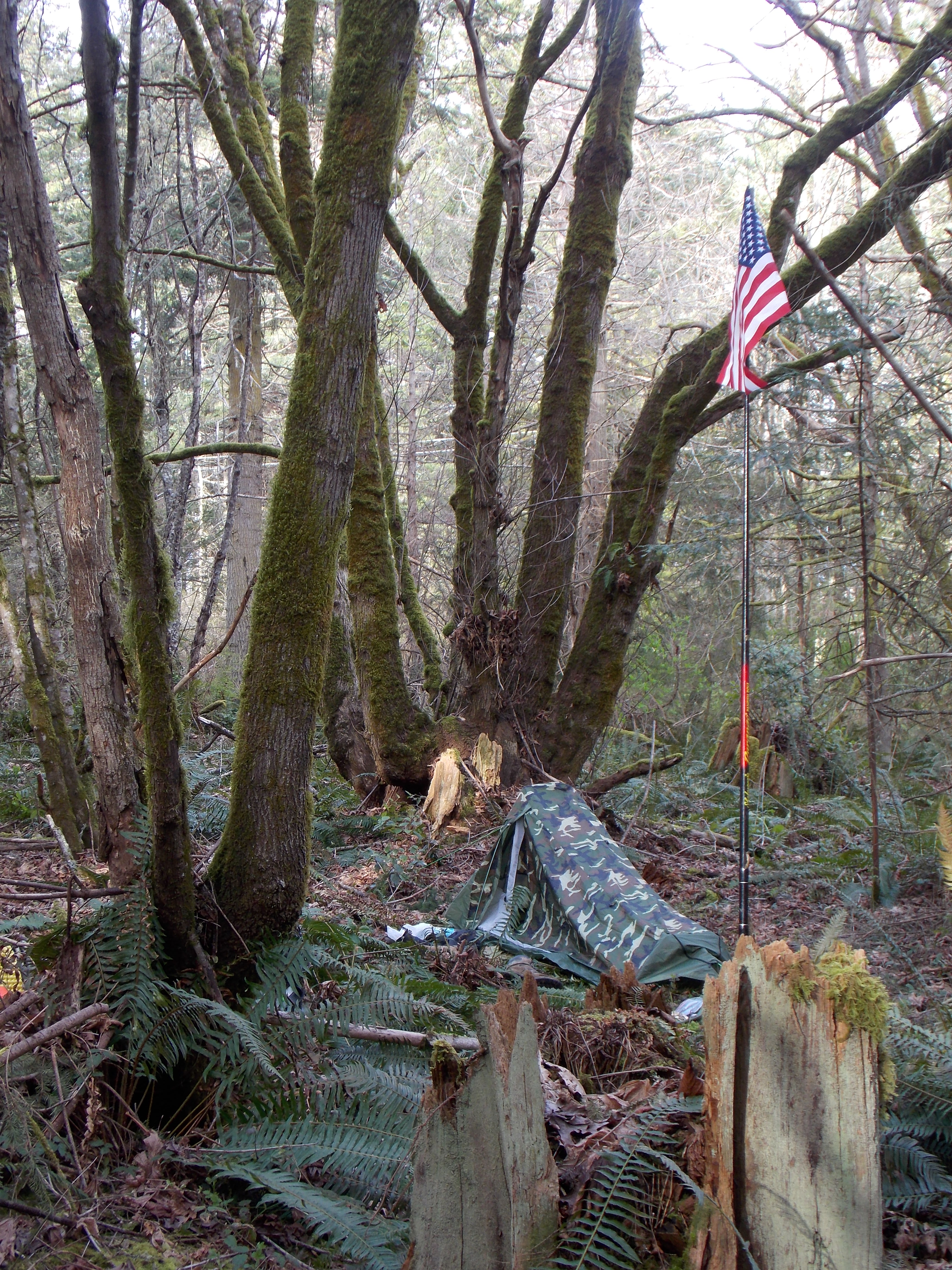
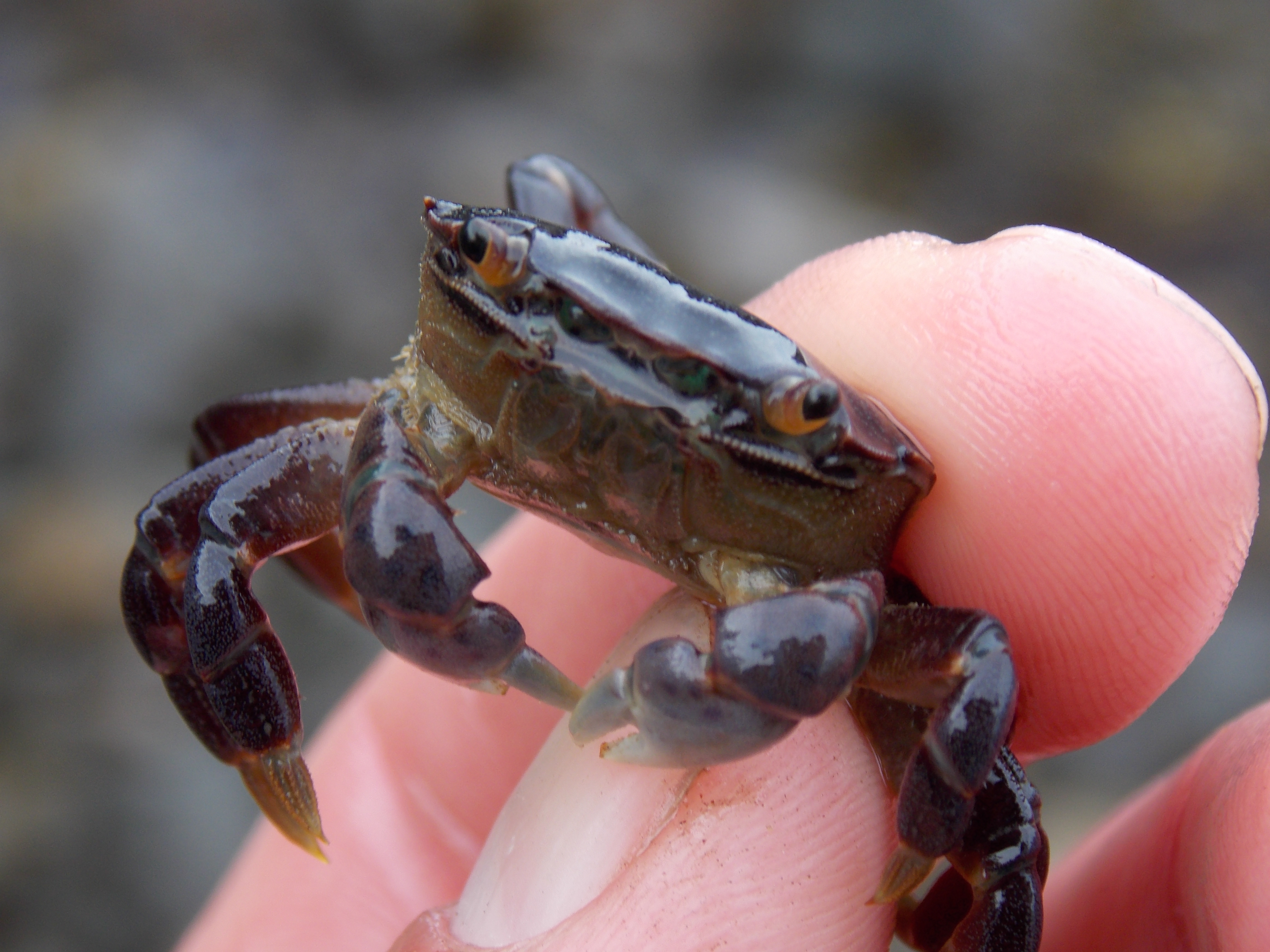
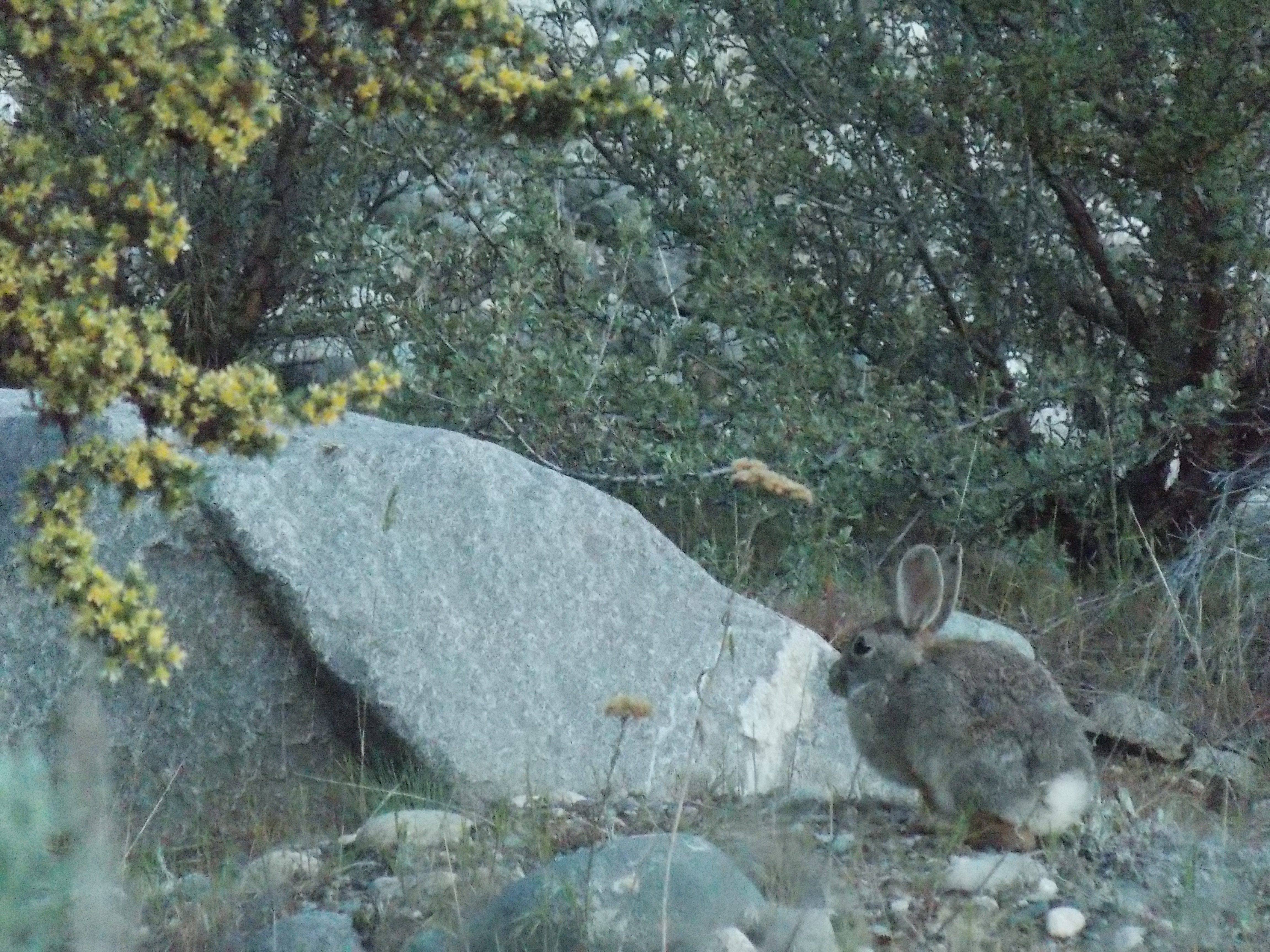
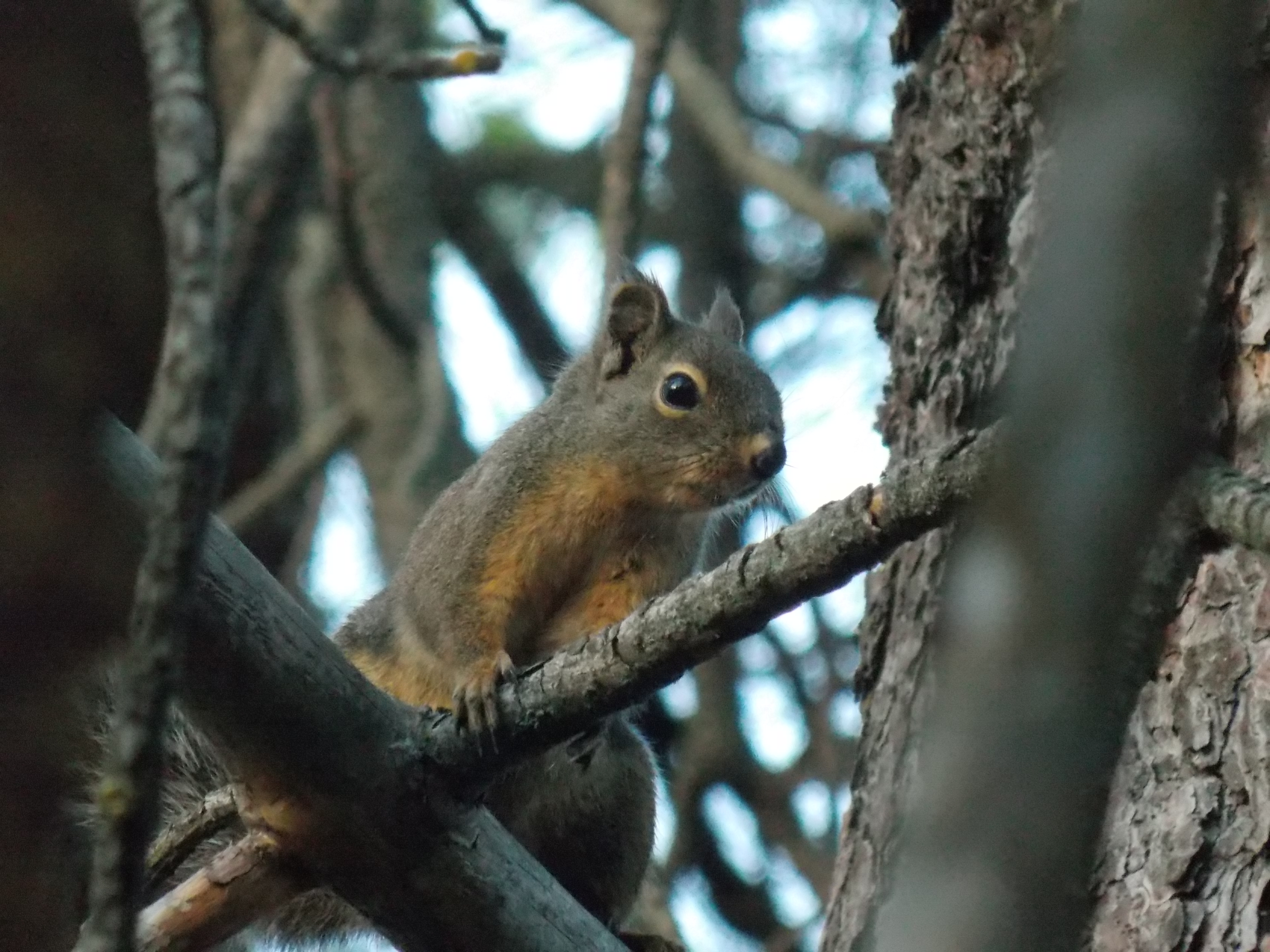
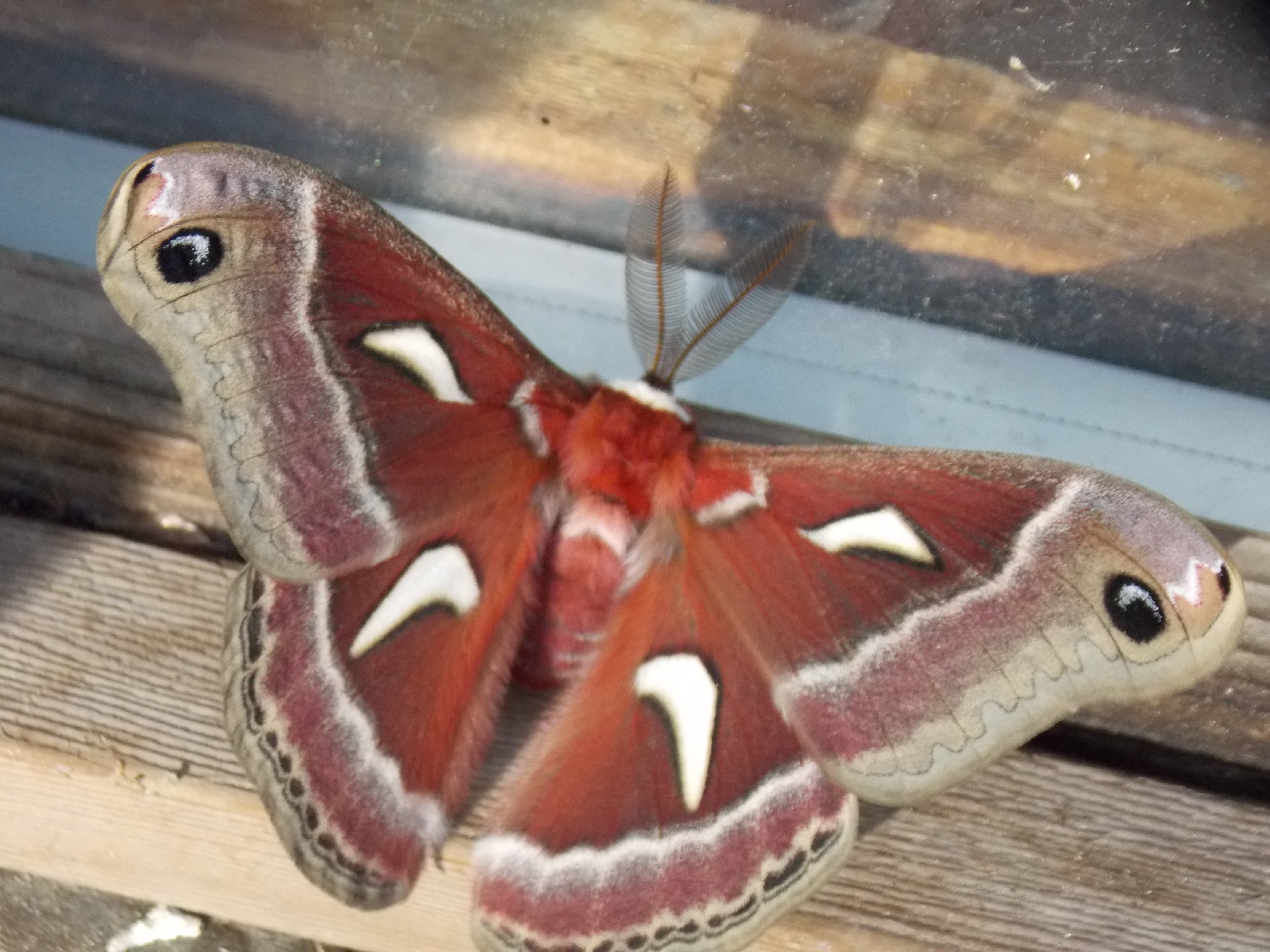
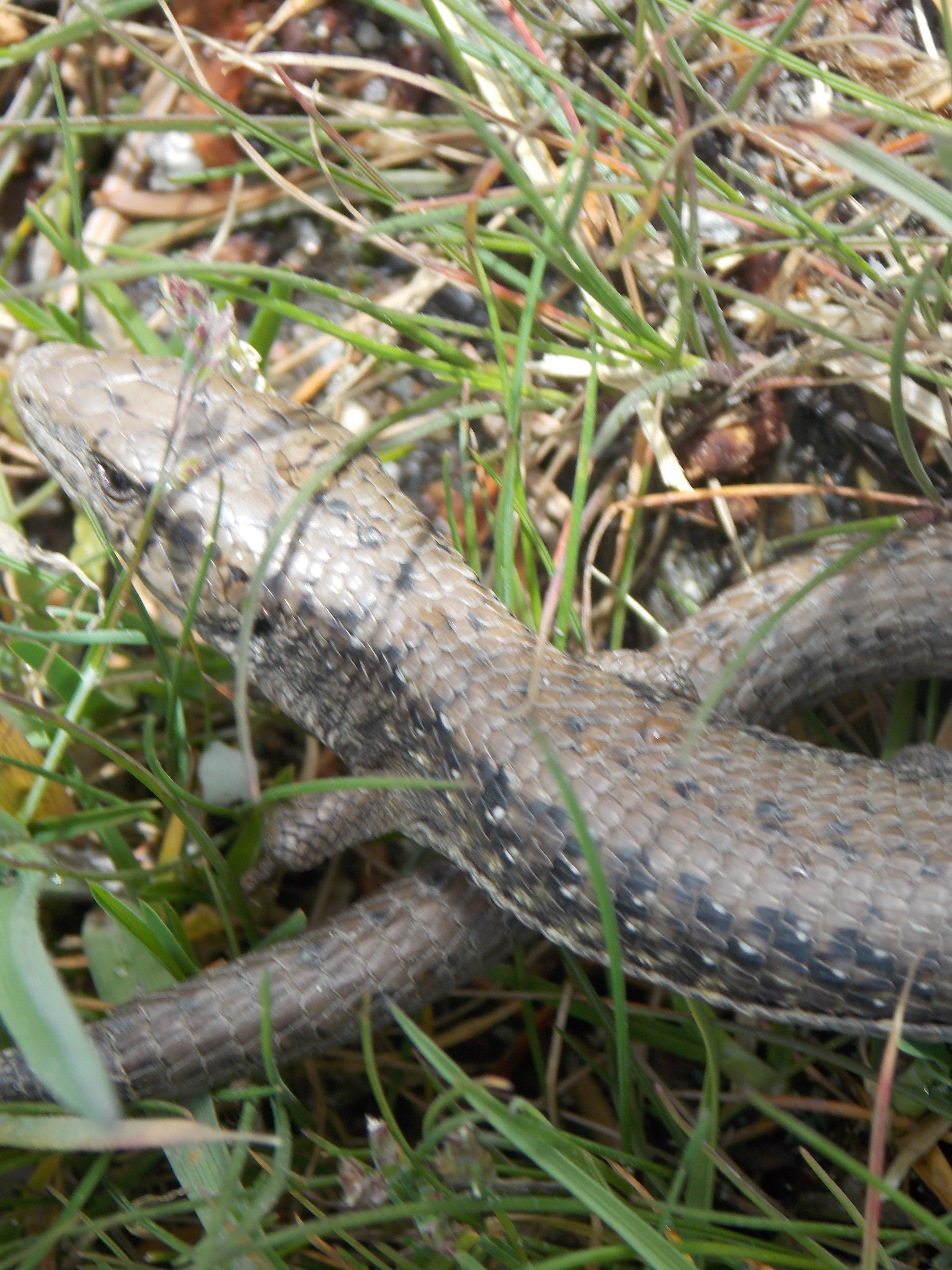

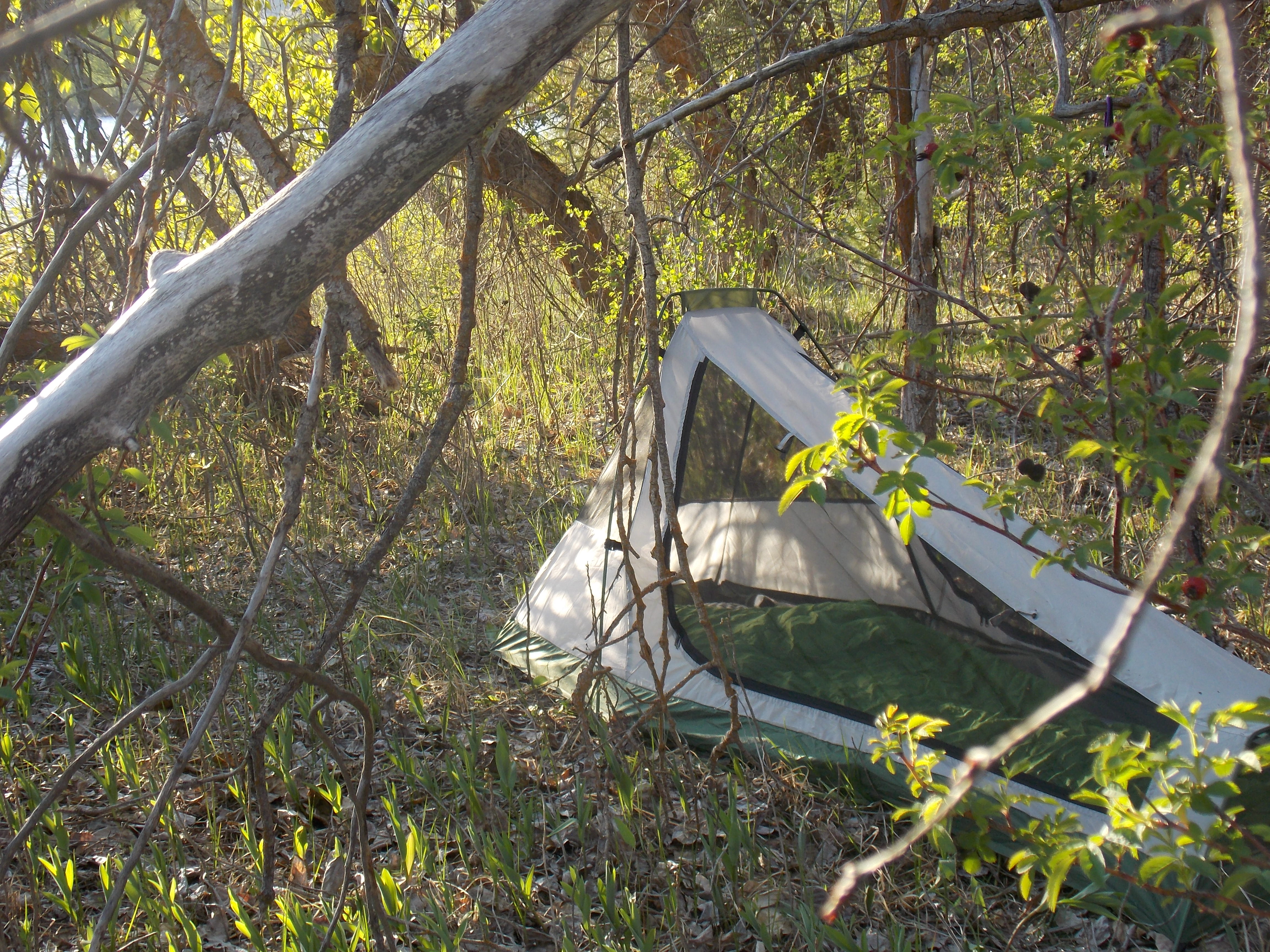
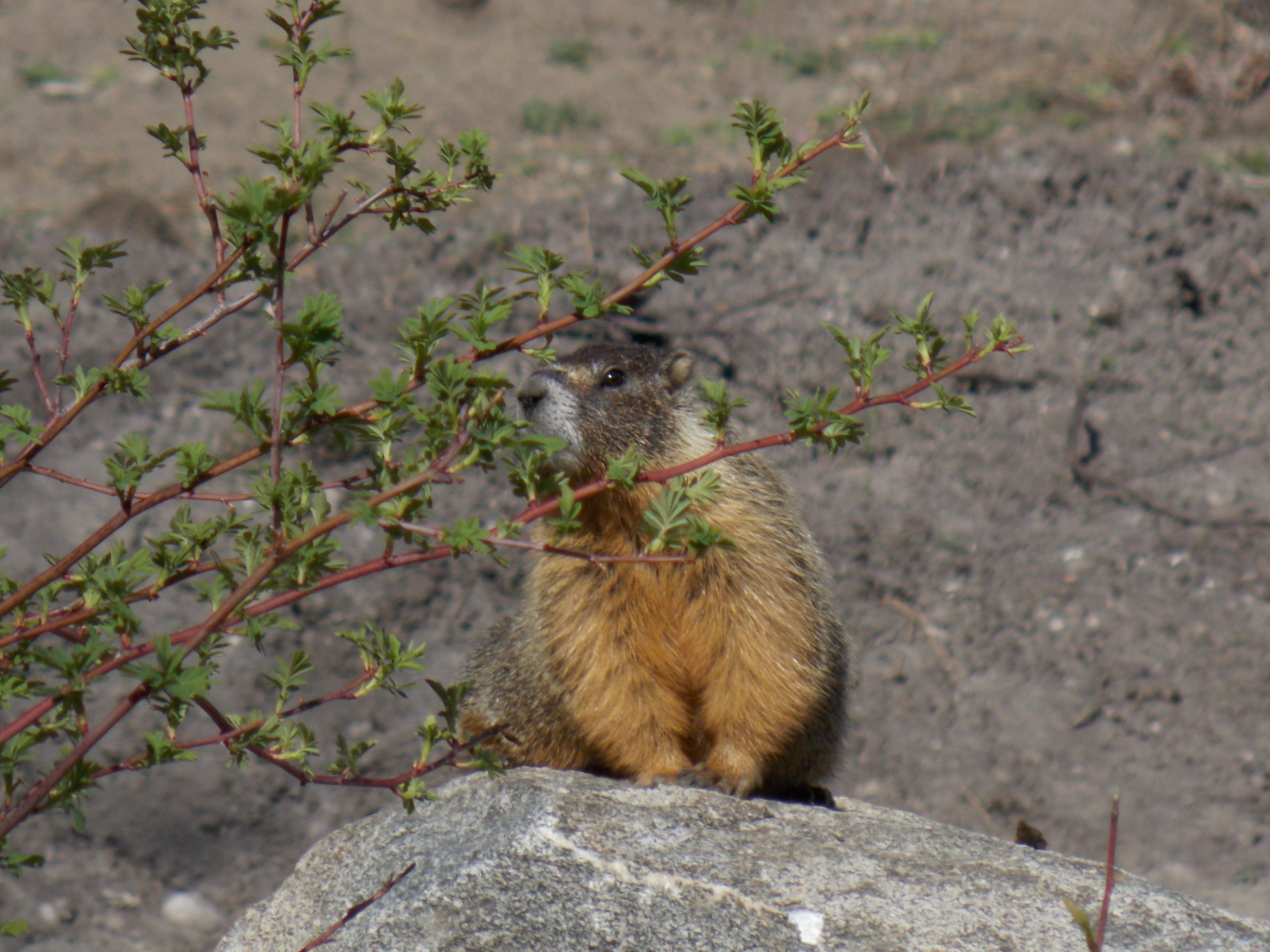
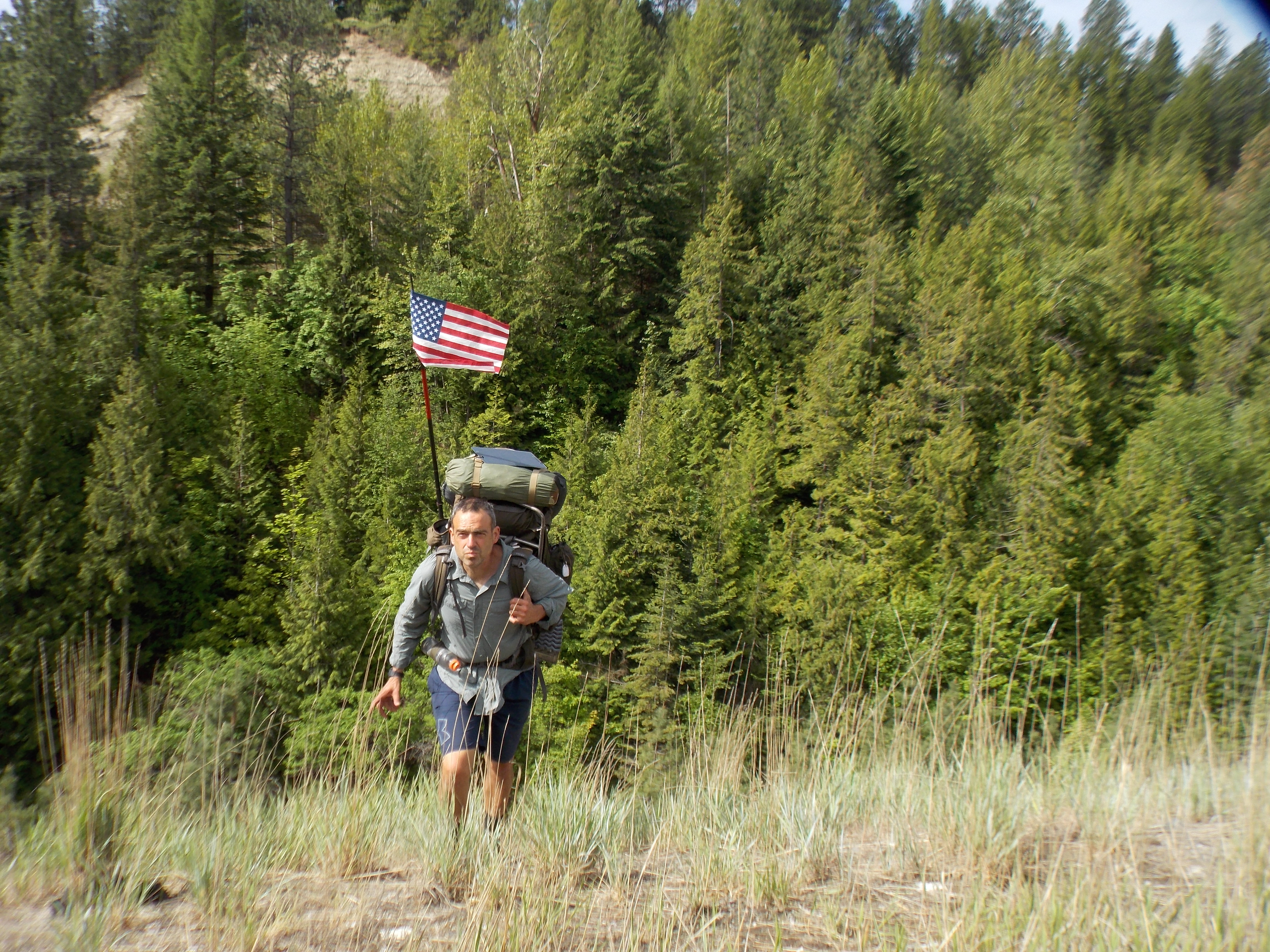

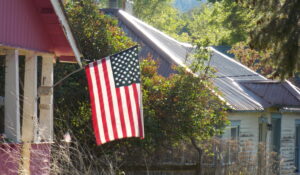

Howdy Cedric! Great to hear you have made it to Kalispell. Yes, we are getting some heat now. I wonder if it would make sense to walk at night? 🙂 Jim Payne Sandpoint Idaho